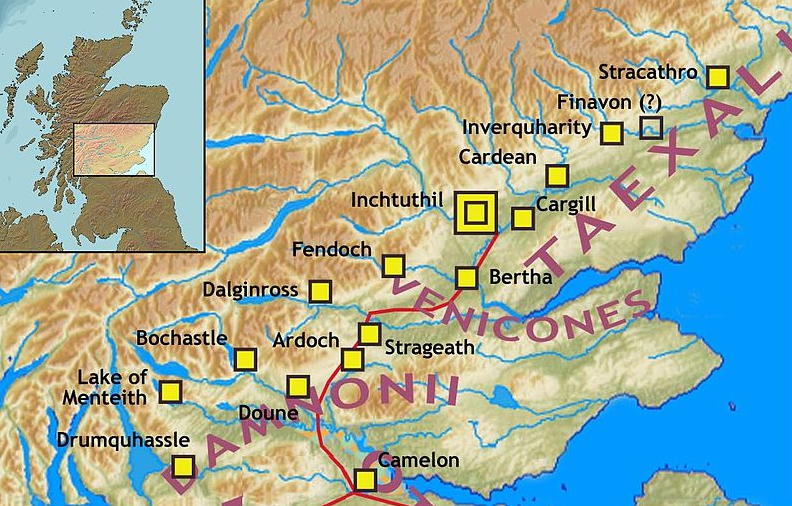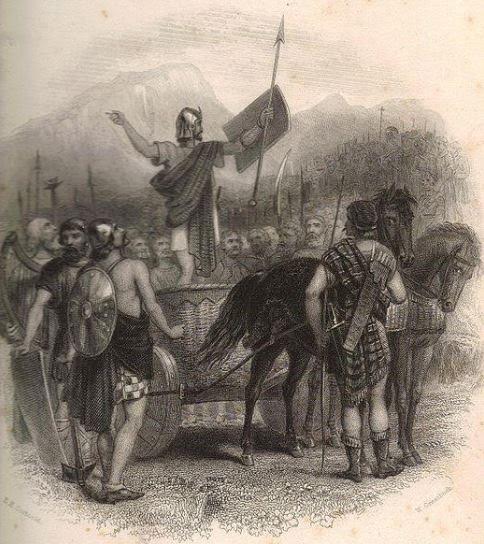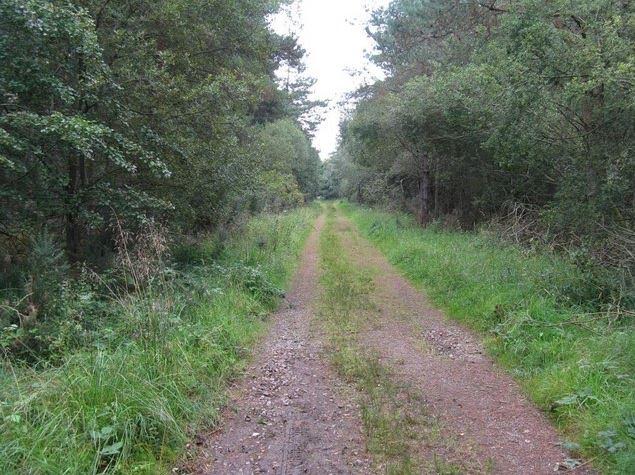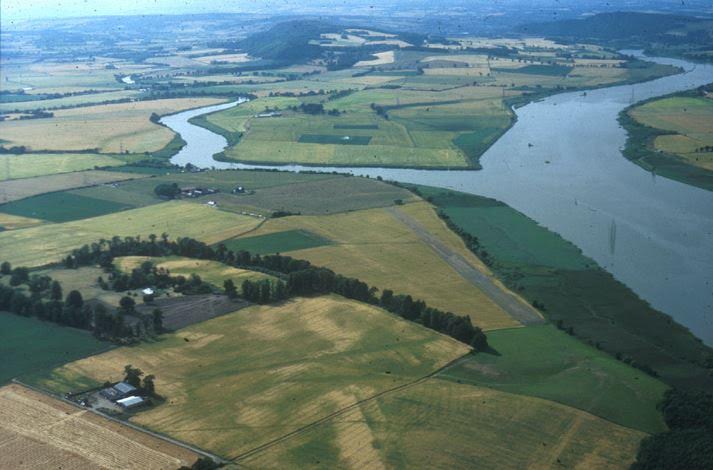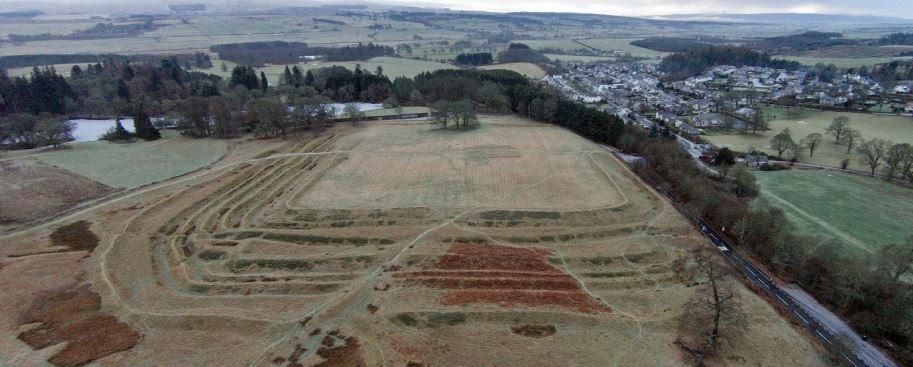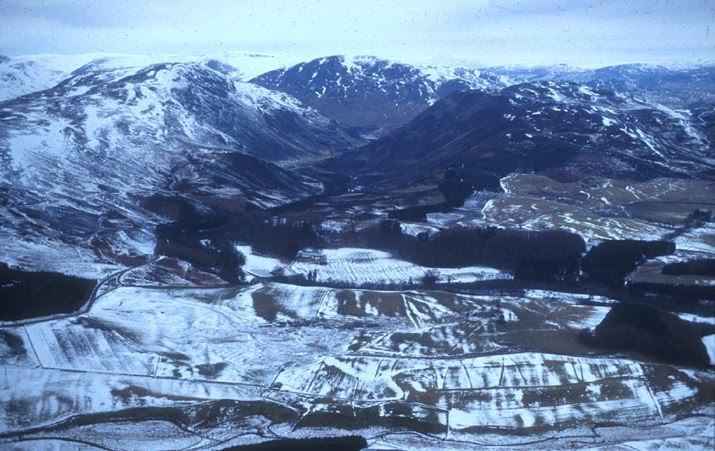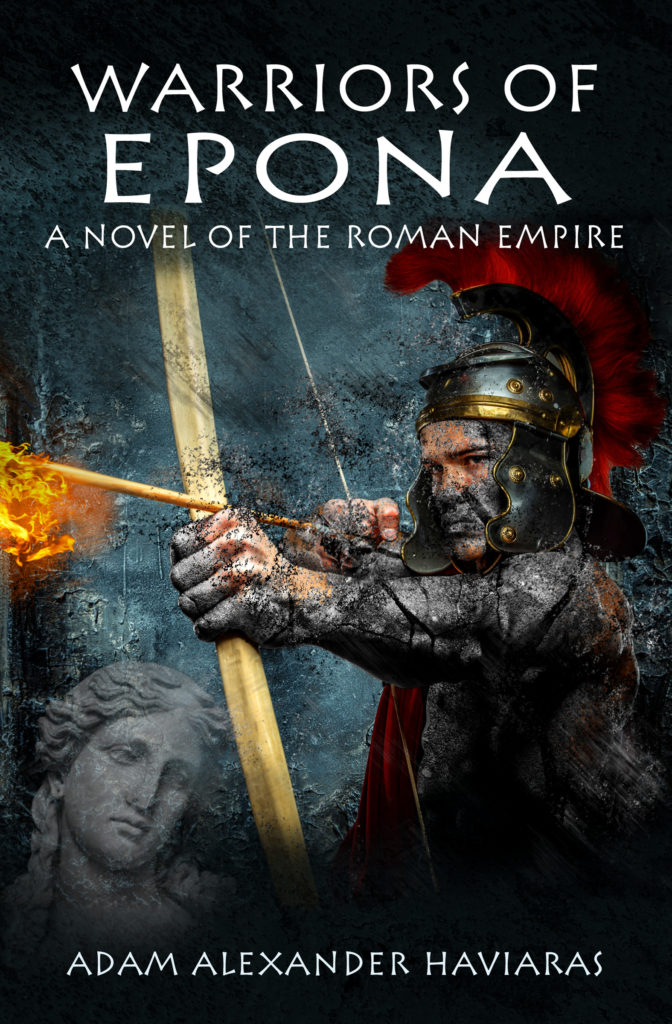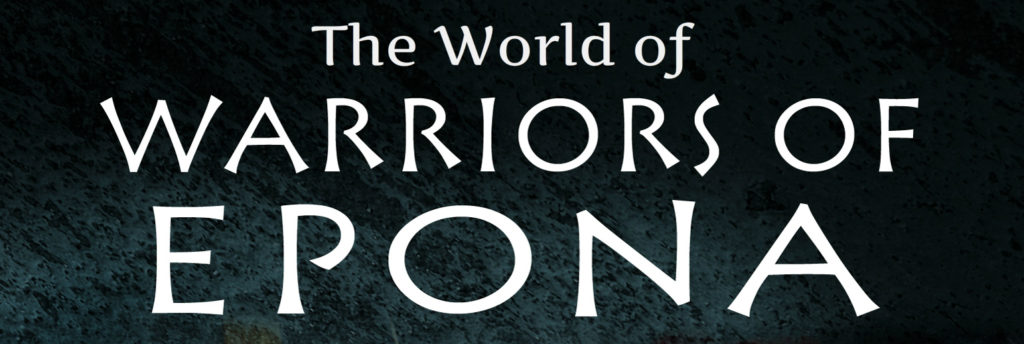
In the midst of the emperor’s distress at the kind of life his sons were leading and their disgraceful obsession with shows, the governor of Britain informed Severus by dispatches that the barbarians there were in revolt and overrunning the country, looting and destroying virtually everything on the island. He told Severus that he needed either a stronger army for the defence of the province or the presence of the emperor himself. Severus was delighted with this news: glory-loving by nature, he wished to win victories over the Britons to add to the victories and titles of honour he had won in the East and the West. Be he wished even more to take his sons away from Rome so that they might settle down in the soldier’s life under military discipline, far from the luxuries and pleasures of Rome. And so, although he was now well advanced in years and crippled with arthritis, Severus announced his expedition to Britain, and in his heart he was more enthusiastic than any youth. During the greater part of the journey he was carried in a little, but he never remained very long in one place and never stopped to rest. He arrived with his sons at the coast sooner than anyone anticipated, outstripping the news of his approach. he crossed the channel and landed in Britain; levying soldiers from all the areas, he raise a powerful army and made preparations for the campaign.
(Herodian, History of the Empire, XIV,1-3)
Welcome to the seventh and final part in The World of Isle of the Blessed.
In Part VI, we looked at the mystery of decapitated Roman bodies found in York, and how they may relate to Caracalla’s rampage upon taking the imperial throne after the death of his father, Emperor Septimius Severus. If you missed that post, you can check it out HERE.
In Part VII, we are going to be looking at Severus’ Caledonian campaign that is the focus of Warriors of Epona (Eagles and Dragons – Book III) and the newest release in the series, Isle of the Blessed.
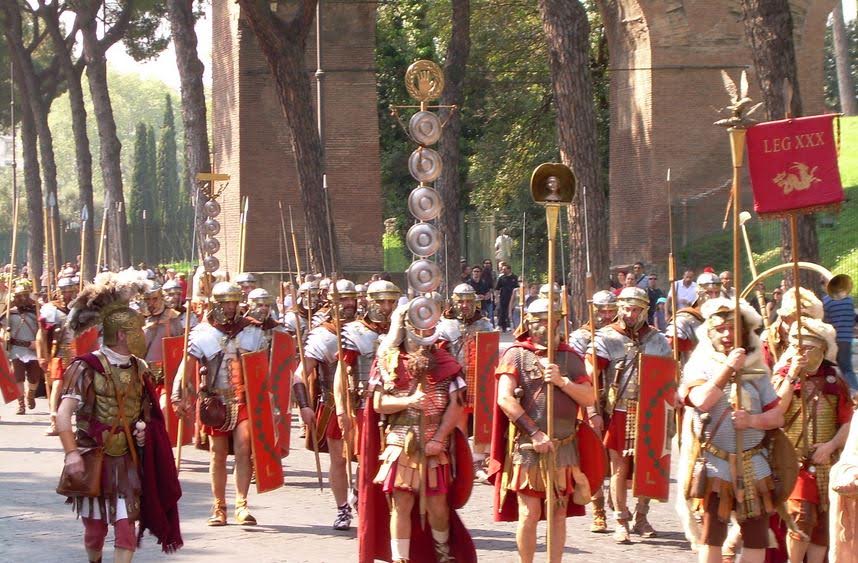
Marching Legions (Wikimedia Commons)
First of all, why did Septimius Severus march on Caledonia? The main reason most often given by the sources is that it was something he thought would give his unruly sons, Caracalla and Geta, focus. It was something to train them for the role of emperor. Severus was a big believer in the importance of nurturing the loyalty of the legions, and so perhaps he also hoped his sons would prove themselves and, in the process, earn that loyalty.
But there had to be more to it than a training exercise for his delinquent boys.
Severus’ Caledonian campaign was enormous. He moved on Caledonia with at least three full legions (the II Augusta, the VI Victrix, and the XX Valeria Victrix) as well as greater numbers of detachments and auxiliary units. When Septimius Severus took the imperial throne, he was immediately engaged in consolidating the Empire after the civil war, and then taking on the Parthian Empire. He was a military emperor, and he knew how to keep his troops busy, and how to reward them.
The Caledonians had been a thorn in Rome’s side for a long while at that time, but it was not until A.D. 208 that Severus was finally able to deal with them. And so, the imperial army moved to northern Britannia, poised to take on the Caledonians once again.
We’ve already touched on Severus’ campaign in The World of Warriors of Epona blog series. However, it’s important to note that this is believed to be the last real attempt by Rome to take a full army into the heart of barbarian territory.
Severus moved on the Caledonians with the greatest land force in the history of Roman Britain, making use of his predecessors’ fortifications (such as the Gask Ridge frontier) and roads, and penetrating almost as far as Agricola’s legions over a hundred years before.
The war may have been an opportunity to train and discipline Severus’ sons, but it seems evident that the true intention of the Caledonian campaign was to put a stop to the rebellious behaviour of the Caledonii, Maeatae and other Caledonian tribes.
Severus’ ultimate goal was the complete and permanent conquest of Caledonia.
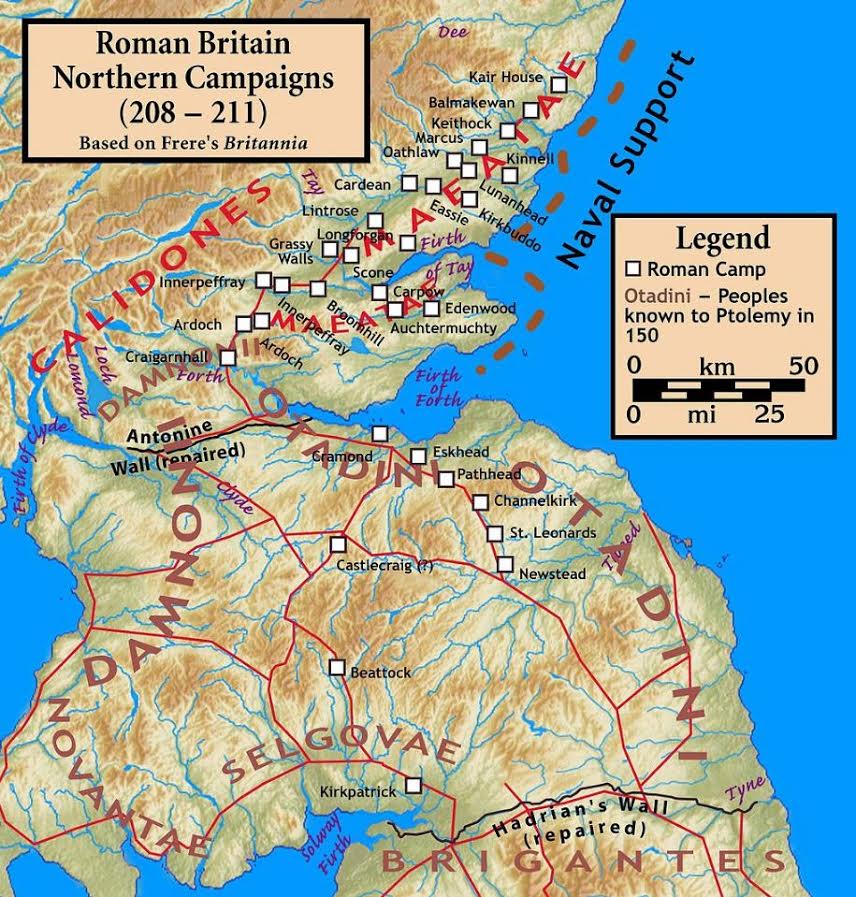
Severan Campaigns in Caledonia (Wikimedia Commons)
There are two principal races of the Britons, the Caledonians and the Maeatae, and the names of others have been merged in these two. The Maeatae live next to the cross-wall which cuts the island in half, and the Caledonians are beyond them. Both tribes inhabit wild and waterless mountains and desolate and swampy plains, and possess neither walls, cities, nor tilled fields, but live on their flocks, wild game, and certain fruits; for they do not touch the fish which are there found in immense and inexhaustible quantities. They dwell in tents, naked and unshod, possess their women in common, and in common rear all the offspring. Their form of rule is democratic for the most part, and they are very fond of plundering; consequently they choose their boldest men as rulers. The go into battle in chariots, and have small, swift horses; there are also foot-soldiers, very swift running and very firm in standing their ground. For arms they have a shield and a short spear, with a bronze apple attached to the end of the spear-shaft, so that when it is shaken it may clash and terrify the enemy; and they also have daggers. They can endure hunger and cold and any kind of hardship; for they plunge into the swamps and exist there for many days with only their heads above water, and in the forests they support themselves upon bark and root…
(Cassius Dio, The Roman History 12,1)
It seems that Severus knew the Caledonian campaign would not be easy, for this was a huge offensive with a lot of military might behind it. However, one has to wonder if they knew what to expect. The Caledonii and the Maeatae were smart fighters. They knew their terrain, and their strengths. But they also knew Rome’s strengths, and so refused meet the legions in a pitched battle.
The result? A brutal guerrilla war.
…as he [Severus] advanced through the country he experienced countless hardships in cutting down forests, levelling the heights, filling up swamps, and bridging rivers; but he fought no battle and beheld no enemy in battle array. The enemy purposely put sheep and cattle in front of the soldiers for them to seize in order that they might be lured on still further until they were worn out; for in fact the water caused great suffering to the Romans, and when they became scattered, they would be attacked. Then, unable to walk, they would be slain by their own men, in order to avoid capture, so that a full fifty thousand died.
(Cassius Dio, The Roman History 14,1)
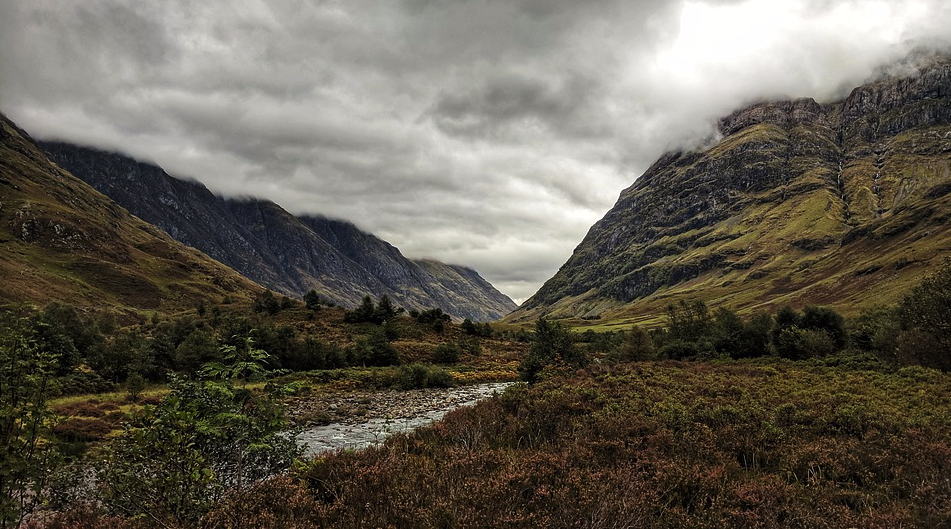
The Highlands of Caledonia
Severus’ Caledonian campaign was actually carried out in two phases. The first, explored in the novel Warriors of Epona, actually ended in a peace treaty in which Dio tells us that Severus “forced the Britons to come to terms, on the condition that they should abandon a large part of their territory.”
If Dio’s horrific number of fifty-thousand Roman casualties is to be believed (remember, ancient sources are often prone to exaggeration), then the Caledonii must have suffered even greater losses if they agreed to the terms.
It is here that one of the strangest episodes of the campaign occurred, though it had nothing to do with actual fighting, or the Caledonians.
On another occasion, when both [Severus and Caracalla] were riding forward to meet the Caledonians, in order to receive their arms and discuss the details of the truce, Antoninus [Caracalla] attempted to kill his father outright with his own hand. They were proceeding on horseback, Severus also being mounted, in spite of the fact that he had somewhat strained his feet as a result of his infirmity, and the rest of the army was following; the enemy’s force were likewise spectators. At this juncture, while all were proceeding in silence and in order, Antoninus reined in his horse and drew his sword, as if he were going to strike his other in the back. But the others who were riding with them, upon seeing this, cried out, and so Antoninus, in alarm, desisted from his attempt. Severus turned at their shout and saw the sword, yet he did not utter a word, but ascended the tribunal, finished what he had to do, and returned to headquarters.
(Cassius Dio, The Roman History, 14,3)
When they had returned to base, Severus apparently chided his son before Castor, his freedman, and Papinianus, the Praetorian Prefect, both men whom Caracalla hated and who would later feel his wrath.
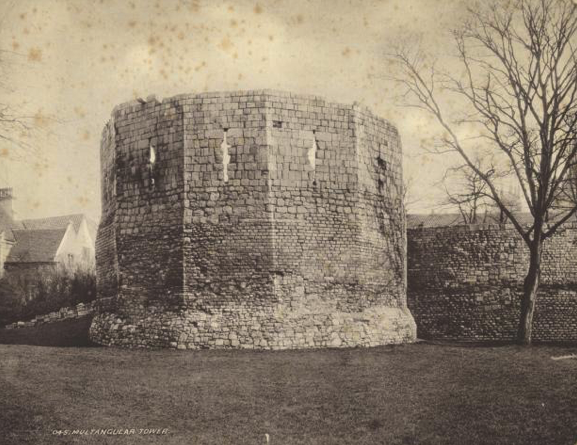
Ruins of Roman York – historic photo of the multiangular tower
It would seem that Septimius Severus, during the Caledonian campaign, was fighting a war on two fronts in a way – one in the glens and forests of Scotland, and the other at home. If the emperor was hoping that the campaign would bring his two sons closer together, he was wrong in that assessment. With Geta running the imperial administration in Eburacum (York) and Caracalla leading the troops in Caledonia, it seemed the rift between them was growing wider and wider.
After the treaty with the Caledonians was settled, Septimius Severus, growing more and more ill and infirm, returned to Eburacum. It was during this time that Caracalla is supposed to have tried to get his father’s doctors to speed his demise, an act they refused to do at their own peril.
It was not long, however, before the Caledonians and Maeatae broke the treaty and the drums of war began to thrum once again. It is the second, bloody portion of the Caledonian campaign that takes place in Isle of the Blessed.
Cassius Dio quotes the ailing emperor’s words when he discovered that the Caledonians and Maeatae had broken the truce:
When the inhabitants of the island again revolted, he summoned the soldiers and ordered them to invade the rebels’ country, killing everybody they met; and he quoted these words:
“Let no one escape sheer destruction,
No one our hands, not even the babe in the womb of the mother,
If it be male; let it nevertheless not escape sheer destruction.”
When this had been done, and the Caledonians had joined the revolt of the Maeatae, he began to make war upon them in person. While he was thus engaged, his sickness carried him off on the fourth of February, not without some help, they say, from Antoninus.
(Cassius Dio, The Roman History, 15,1)
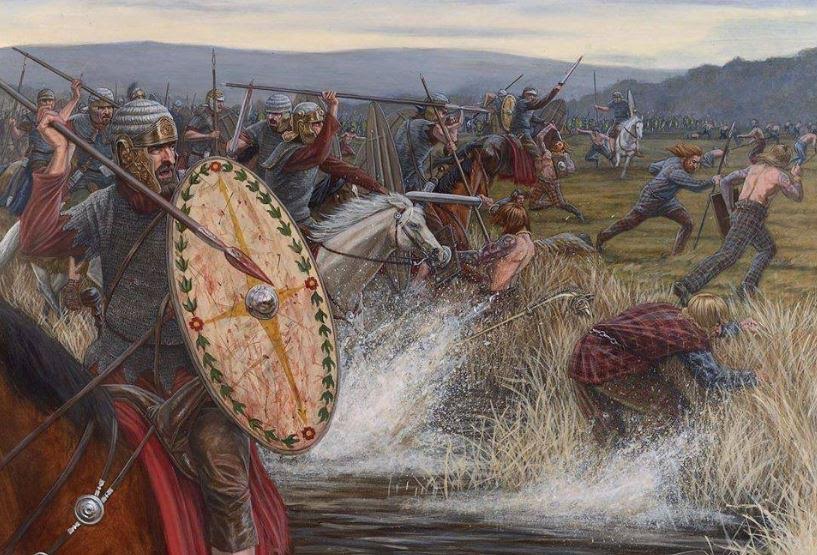
Artist impression of Roman cavalry ala engaging Caledonians (illustration by Sean O’ Brogain)
The Romans began visiting brutal retaliation upon the enemy then, but all ground to a halt with the death of Emperor Septimius Severus at York.
It is at this point that Caracalla and Geta became co-rulers. However, Their primary objective now was to return to Rome and garner support.
The brothers, despite the hope of their parents, tutor, and others, were anything but harmonious.
Caracalla began gathering support and power unto himself, and it is at this time that he carried out the bloody killings hinted at by the discoveries at York we heard about in Part VI of this blog series.
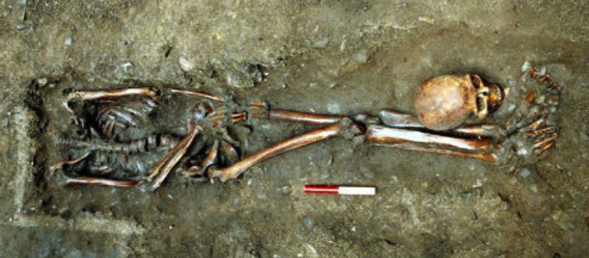
One of the beheaded York Romans (Photo: York Archaeological Trust)
After the death of Septimius Severus, the Caledonian campaign came to an abrupt end:
Antoninus [Caracalla] assumed the entire power; nominally, it is true, he shared it with his brother, but in reality he ruled alone from the very outset. With the enemy he came to terms, withdrew from their territory, and abandoned the forts; as for his own people, he dismissed some…and killed others…
(Cassius Dio, The Roman History, 11,1)
The Severan invasion of Scotland was a massive campaign, involving hundreds of thousands of men. It was not nearly as large as his successful Parthian campaign in which he led thirty-three legions east, but it was one of the largest Roman operations on British soil.
50,000 Roman dead.
And how many more Caledonian and Maeatae casualties?
If Cassius Dio is correct, the numbers are staggering.
But was the campaign a victory or a failure for Rome? Was it worth it?
Severus had not only wished for the complete and permanent conquest of Caledonia, but also for the war to give his sons discipline, for it to bring them close together.
Perhaps Severus also wanted to add one more battle honour to his name – ‘Britannicus’?
If we are to believe Cassius Dio and Herodian, our primary sources for this period, we must conclude that Severus’ Caledonian campaign was more of a failure, not because Rome lost on the field of battle – indeed, despite the loss of life, they brought the tribes to their knees temporarily – but because the finalizing of the campaign was left in the hands of incapable heirs whose only concern was to return to Rome and gather power, heirs who continued to hate each other.
How many possible victories in history have been wasted in a greedy aftermath?
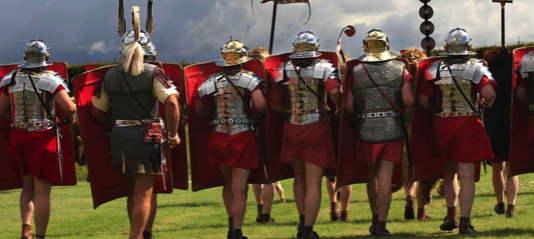
Roman re-enactors (Historic Scotland)
Caracalla and Geta abandoned Caledonia and returned to Rome with destruction and bitter enemies in their wake.
The forts of the Gask Ridge, the would-be northern capital of Horea Classis, and the Antonine wall, Trimontium and other forts were abandoned and silent once more. Rome’s allies in the fight, mainly the Votadini, were left to their own defences yet again.
The Caledonians and Maeatae had been paid off, and may have been quiet for a time, but they would rebel again…and again.
And so the cycle of powerful men wasting the lives of loyal troops in foreign wars echoes through history without end. And the same goes for the pain and suffering on both sides of any conflict.
The Severan invasion of Caledonia was just another such conflict.
And for the characters in Isle of the Blessed, the scars of that conflict will be long-lasting indeed.
Thank you for reading.
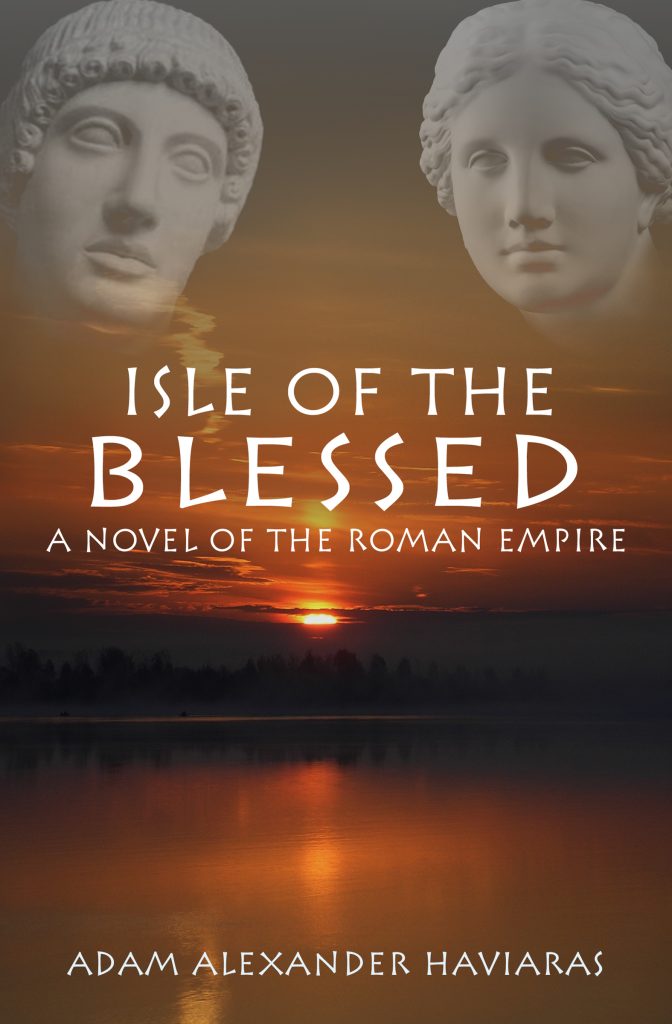
We hope you have enjoyed this blog series on The World of Isle of the Blessed. If you missed any of the posts, or would like to read them again, you can read the entire blog series by CLICKING HERE.
Isle of the Blessed (Eagles and Dragons – Book IV) is available in e-book and paperback in most major on-line retailers HERE.
If you haven’t read any books in the Eagles and Dragons series yet, you can start with the #1 bestselling A Dragon among the Eagles for just 0.99! Or get the first prequel novel, The Dragon: Genesis, for FREE by signing-up for the newsletter HERE.
Stay tuned for our next blog series about Book V in the Eagles and Dragons series, The Stolen Throne (available now).
The history, archaeology and mythology continue, and we’re thrilled to have you along for the ride.




